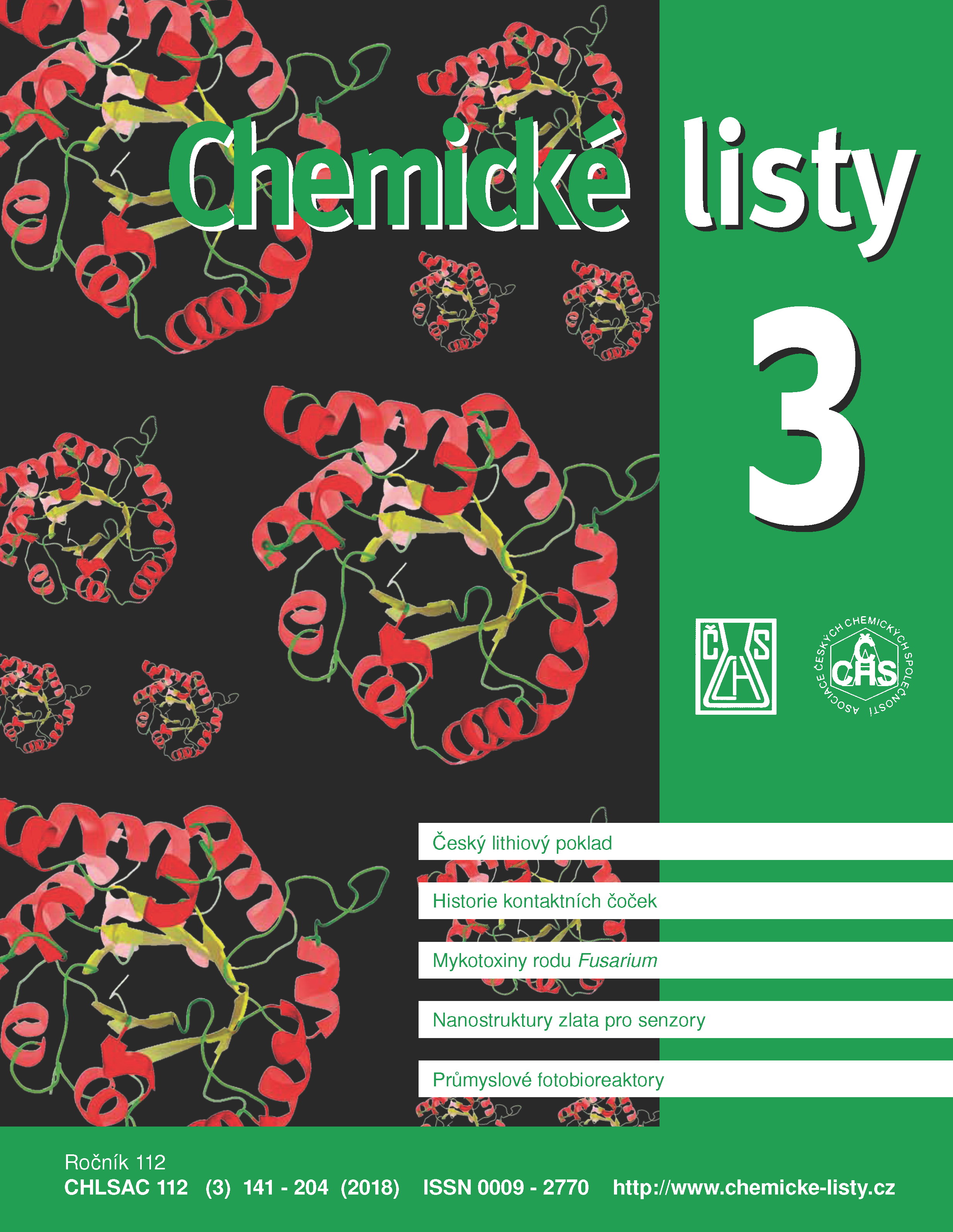The Most Important Fusarium Mycotoxins
Keywords:
genus Fusarium, mycotoxins, deoxynivalenol, zearalenone, fumonisinsAbstract
The incidence of microscopic filamentous fungi and consequently their secondary metabolites – mycotoxins – in foods and feeds is a highly actual problem. One way to prevent the occurrence of microscopic filamentous fungi and mycotoxins is their elimination by adsorbents, antioxidants and biologically active substances. It should be noted that these substances do not have therapeutic effects in acute mycotoxicoses with clinical manifestations but they are added to the feed to eliminate mycotoxins. Knowledge of the physicochemical properties of individual mycotoxins may be one of the important aspects in choosing the right decontamination process in the process of eliminating microscopic filamentous fungi.





